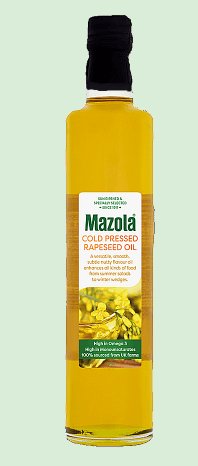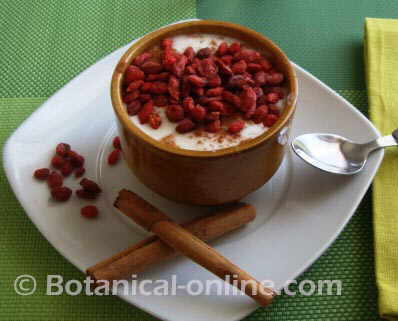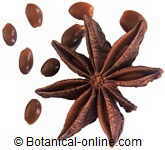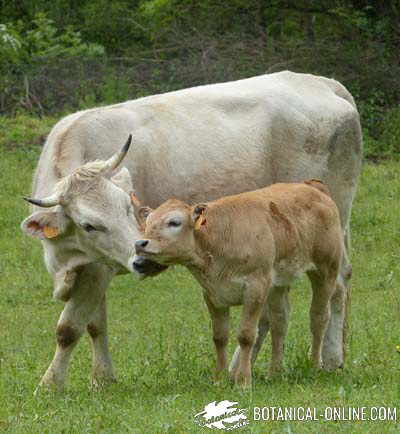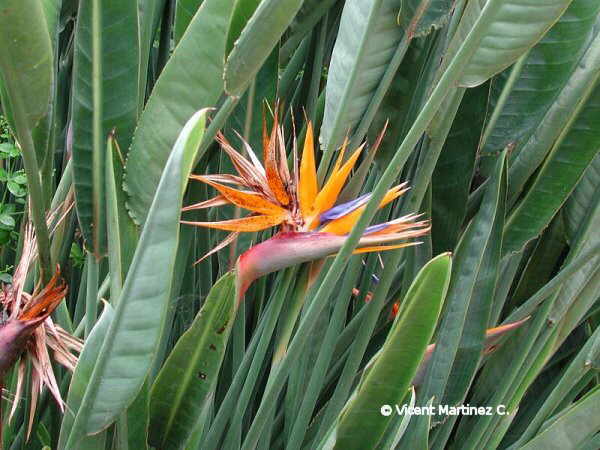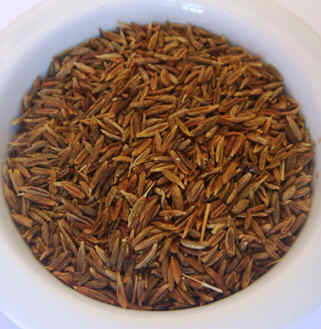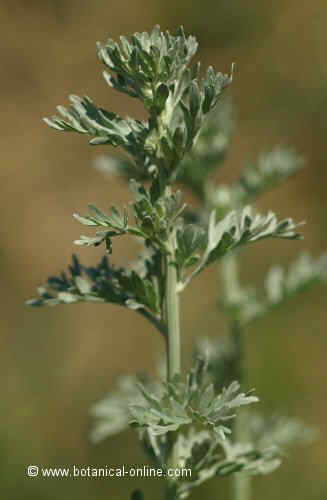Contents
- 1 CULTIVATION OF GARDEN RHUBARB
- 1.1 Characteristics of garden rhubarb (Rheum rhabarbarum)
- 1.2 Physical characteristics of rhubarb
- 1.3 Used parts
- 1.4 Rhubarb needed climate conditions
- 1.5 Rhubarb soil
- 1.6 Rhubarb irrigation
- 1.7 Rhubarb reproduction
- 1.8 Rhubarb flowers
- 1.9 Rhubarb harvest
- 1.10 Rhubarb fertilization
- 1.11 Rhubarb diseases and pests
CULTIVATION OF GARDEN RHUBARB
Characteristics of garden rhubarb (Rheum rhabarbarum)
Common name: Rhubarb
Scientific name: Rheum rhabarbarum auct. Taxonomic synonym: Rheum undulatum L.
Family: Polygonaceae
Habitat: the origin of this plant is unknown, as it is believed to be derived from the species Rheum palmatum L. and Rheum rhaponticum. In written record, the consumption of garden rhubarb in England in 1573 was described by Tusser. From England, it was later exported to America.
Physical characteristics of rhubarb
Perennial shrub up to 3 meters. It grows in rhizomes, from which emerges a system of reserve tuberous roots, which, at the same time, branch into numerous secondary roots. The aerial part of the plant is formed by the leaves and the inflorescence.
Rhubarb leaves are basal (or radical) and caulinary. The first ones do not have petiole or this one is very short, whereas the caulinar leaves are big, cordiform, lobed (of 5 to 7 lobes) and toothed. The petiole is almost semi-cylindrical, long, 2 to 5 centimeters wide, and color varies between green and red.
The inflorescence is the highest part of the plant, being able to reach up to 2 meters in height. Consisting of tiny cream-colored flowers that grow in the form of panicles. Monoic plant. Rhubarb needs a process of vernalization to flourish.
Fruiting occurs from May to June of the third year of cultivation, in the northern hemisphere. This is a dry achene fruit with a trigonal, winged, reddish shape and approximately from 1 to 1.5 centimeters in size.
Used parts
The cultivation of garden rhubarb is mainly intended for food.
Leaf (petiole): used for edible purposes. In some countries where the consumption of this vegetable is habitual, can be found in the markets (photo).
Leaf (limbus): TOXIC part of the leaf. * More information on the toxic effects of intake of rhubarb leaves.
Rhizome and roots: in this variety, they are not used. The rhizomes of Chinese rhubarb (Rheum officinale and Rheum palmatum) are cultivated for medicinal purposes, because they have therapeutic effects.
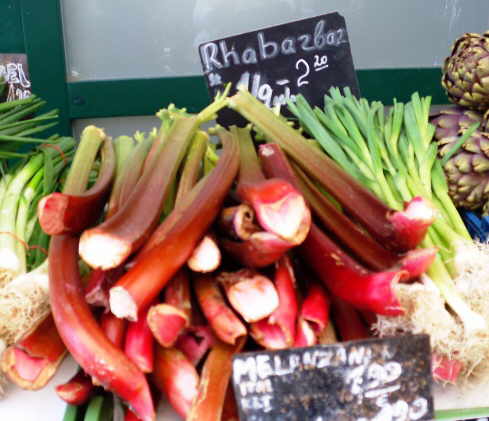
Rhubarb needed climate conditions
It develops in warm or cold climates, preferring the lowest temperatures. It requires a period of cold to break its vegetative latency (vernalization), which happens in winter.
When it grows in cold climates the reddish color is better expressed in its petioles, while the more greenish petioles indicate that the plant has grown to moderate temperatures or warmer climates. Resistant to frost of up to -15ºC.
The optimal temperatures for the plant are:
– Ideal temperatures in winter between -5 and 3ºC.
– Optimum temperatures for the growth of petioles in spring: between 8 and 13 ° C.
Rhubarb soil
Rhubarb grows in a wide variety of soils, although it prefers light, deep, permeable, frank, well drained soils with organic matter to develop well its rhizomes and leaves.
Acid soils, develops in pH between 5.4 and 6.5.
Unsuitable for clay or excessively humid soils.
Rhubarb irrigation
More than 90% of the plant is made up of water, and especially if we choose varieties with succulent stems. Rhubarb does not tolerate periodic flooding, although it is important to maintain a regular irrigation.
In summer, it should be watered when the leaves are dry. Sometimes the plant may wither and remain dormant in its rhizomes under the ground when drought conditions are very pronounced.
Rhubarb reproduction
Rhubarb can be reproduced through its seeds or vegetatively by dividing its rhizomes.
– Seed propagation takes place in the nursery, from July to October. The seed must be well covered, as light delays the germination process. Transplant in spring or autumn.
– Seeds contained in 1 gram: 50 – 70
– Germination time: 12 – 30 days.
– Propagation by rhizomes is done in autumn. The rhizome can be divided into as many parts as yolks it presents. They are planted in September and at a depth between 4 and 7 centimeters. There is also the possibility of planting in spring.
Sowing can be done in autumn (between September and October) or in spring (between April and May), in the northern hemisphere.
Rhubarb is a plant that remains productive up to 5 years, depending on the cultivation methods used. For example, in the USA, productive crops have been maintained for 12 years.
In winter, the aerial parts of the plant disappear (leaves and blooms), while their rhizomes remain latent (vegetative latency) under the soil and reappear when temperatures are favorable.
RHUBARB INSECTICIDE Did you know that… Rhubarb leaves were formerly used as a natural insecticide. The remedy is to boil 10 large leaves of rhubarb in 3 liters of water for 30 minutes. Strain, and the resulting broth is allowed to cool. Spray on plants affected by insects. This liquid is rich in oxalic acid and is a lethal remedy for aphids. CAUTION Rhubarb leaves are TOXIC, as only their petiole is consumed and leaf blade should be discarded for both human and animal consumption. Keep the leaves and this preparation out of the reach of children and visibly labeled |
Rhubarb flowers
It blooms in spring, between May-June after the third year of cultivation. The seeds mature in June and are collected between July and August.
The inflorescence should be cut in summer for a greater growth of the rhizomes of the plant and its greater regrowth. The flowering of the plant reduces vigor in other parts, such as flowers and rhizomes.
Rhubarb harvest
Stems are harvested in late spring, between late May and June, when the content of oxalic acid is lower. In the southern hemisphere of the planet, these dates correspond between October and November.
The harvest is done by pulling the leaves from the crown or base, when their petioles have a length of 30 – 60 centimeters. Care should be taken to remove these leaves from the crown and not cut them, as doing so may increase the risk of fungal infections.
Rhubarb fertilization
– Every 2 years it is advisable to add manure around the plants during winter, between November and December.
– In February it is recommended to fertilize with ammonium sulfate, calcium superphosphate and potassium sulfate.
Rhubarb diseases and pests
Rhubarb are relatively robust and resistant to pests and diseases, but sporadically may appear some of them due to the humidity conditions and depending on the region of the crop:
- Beetles
- Aphids
- Slugs and some viruses.
- Fungi: Phytophtora or Pythium, Verticillium albo-atrum, Armillaria mellera, Ramularia rhei.
- Bacteria: Agrobacterium tumefaciens, Erwinia rhapontic
- Virus: Arabis mosaic virus, Turnip mosaic virus
![]() More information on rhubarb.
More information on rhubarb.

